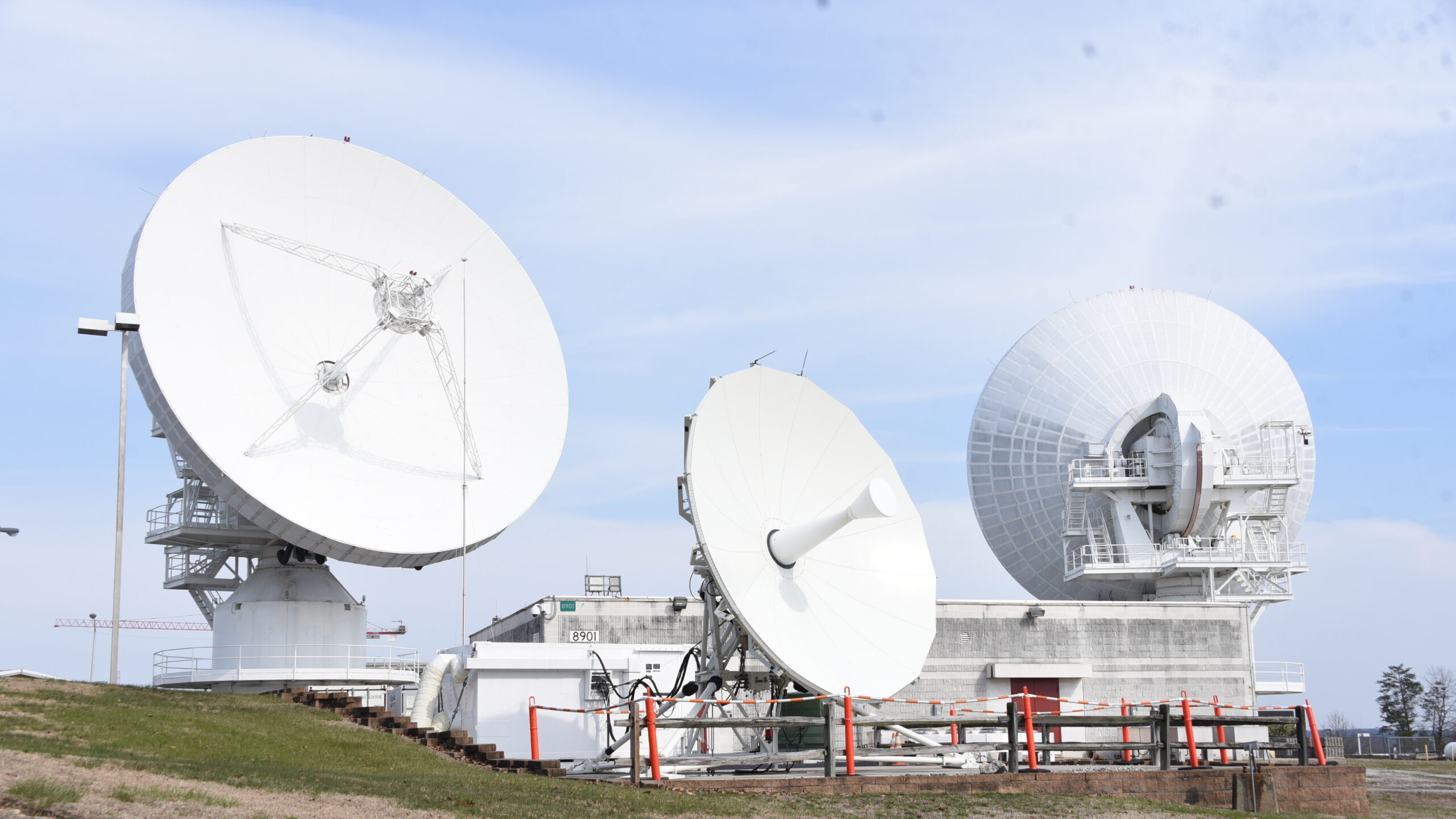
US defense industrial strength is our first line of defense
Successful implementation of the National Defense Industrial Strategy may very well be the deciding factor in our future as a global military power.

Plumb, the current deputy under secretary of defense for acquisition and sustainment, has held high-powered jobs from Google to the National Security Council.

SDA is asking for $357 million for FY25 launch services, down from the nearly $530 million in FY24. Those funds would pay to manifest four planned launches of the Tranche 2 Transport Layer satellites in 2027.

Gen. Michael Guetlein said that the service is "looking at losing about seven" of the 10 launches it planned under the National Security Space Launch program in FY24 if the CR is prolonged.

In December, an Army official called TITAN “one of the foundational elements from the intelligence modernization efforts within the Army.”

Warsaw continues its defense spending spree in back-to-back signings.

Recently confirmed Gen. Jim Slife pledged to work on sharing data not only inside the Air Force but with his counterparts at the other armed services.

“We are transforming our force structure, we are transforming our weapons systems through our modernization programs and what we've done, through the force structure changes, is make room for some new formations,” said Army Secretary Christine Wormuth.

“The Minimum Viable Capability for CJADC2 [Combined Joint All Domain Command & Control] is real and ready now,” said Deputy Secretary Kathleen Hicks. “It's low latency and extremely reliable.” But budget gridlock blocks deployment.

The US military can quickly kludge together custom solutions for urgent problems, said Pentagon AI chief Craig Martell. But it needs a more systematic approach to turn those quick hacks into stable, enduring AIs that can actually talk to each other.

"There is a reason technology is often called a 'force multiplier' — it’s best when it helps our forces, not when it replaces them," write Rachel Hoff and Reed Kessler of the Reagan Institute.

The agencies said in their joint announcement that the "launch of the two prototype systems will be followed by two years of on-orbit testing."

The company, a Google off-shoot, characterizes its Spacetime software as the "digital cartilage and autonomous brain" that can bring to life DoD's JADC2 concept linking sensors and shooters across all domains.

While GEOST has made infrared sensors for classified systems in the ones and twos, the new contract will involve building infrared sensors designed to be used in a larger constellation, LightRidge CEO Bill Gattle told Breaking Defense.

“The challenge now is to take the capabilities developed during DIU 2.0 and apply them with the focus, scale, and speed necessary to deliver the strategic effect required,” according to the strategy. “This is what DIU 3.0 is all about.”